
What do psychology, business, and social selling have in common? Quite a lot, actually—at least if you’re doing it right. Whether or not you snoozed through your psych 101 class in school, we’ve got some vital notes to share about how you can apply buyer psychology to your marketing campaigns to maximize conversions!
Here, we’ll touch on:
Keep reading to unlock actionable insights guaranteed to improve your marketing results. Or, if you’d rather listen/watch and learn, you can check out our on-demand webinar:
Let’s begin our dive into modalities with a disclaimer: “buyers”, “customers”, “users”, “leads”, and “prospects” are all—first and foremost—people, and people rarely fit neatly or completely into a single category. Humans are beautifully diverse and complex, and we all have varying levels of all four modalities explored below.
With that in mind, buyer modalities are a phenomenal starting point for understanding the psychology of human behavior and scaling personalized communication that drives conversion! Modalities help brands become leaders. So, let’s explore the four modalities, or the ways that people are driven to act—and buy.

What’s the bottom line?
Sometimes referred to as a type A personality, competitive buyers are in it to win it and get a thrill out of being (and having) the best. To them, life is survival of the fittest and they put a lot of energy into making sure that they stay ahead of everybody else. Competitive personality types seek to take charge of situations and present themselves as leaders.
Michael Phelps, Serena Williams, and Mark Zuckerberg exhibit competitive personality traits. They are driven, focused, and famous for the hard work that went into creating their careers.
Decision-Making: Based more on logic than emotion. Fast to purchase.

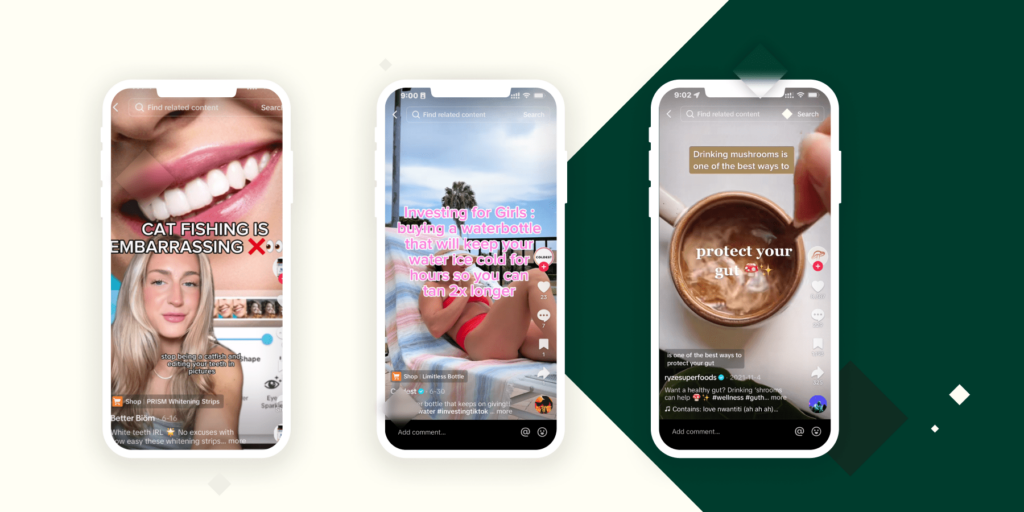
Why should I choose you NOW?
Also known as a type B personality, spontaneous buyers live for the fun of it. They don’t care too much about competition, but they love the exciting feeling they get when doing something new or unexpected.
Walt Disney, Jim Carrey, and Lady Gaga are said to be examples of spontaneous personality types, because they are all well-known for their strong sense of creativity, imagination, and extraversion.
Decision-Making: Based mostly on emotion. Fast to purchase.
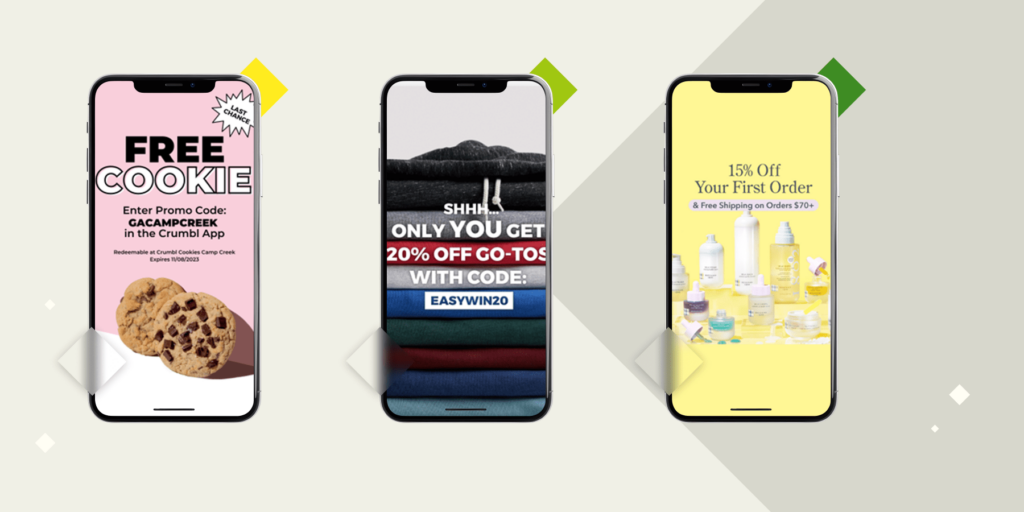

How does your process or product work?
Methodical buyers crave information. They don’t feel comfortable making a decision until they analyze all the facts. They are “data” people who do their due diligence to predict the outcome of every choice or purchase. They care about the quality and accuracy of their decisions.
Albert Einstein, Bill Gates, and C-3PO from Star Wars are good examples of methodical personality types.
Decision-Making: Based on logic. Slow to purchase.

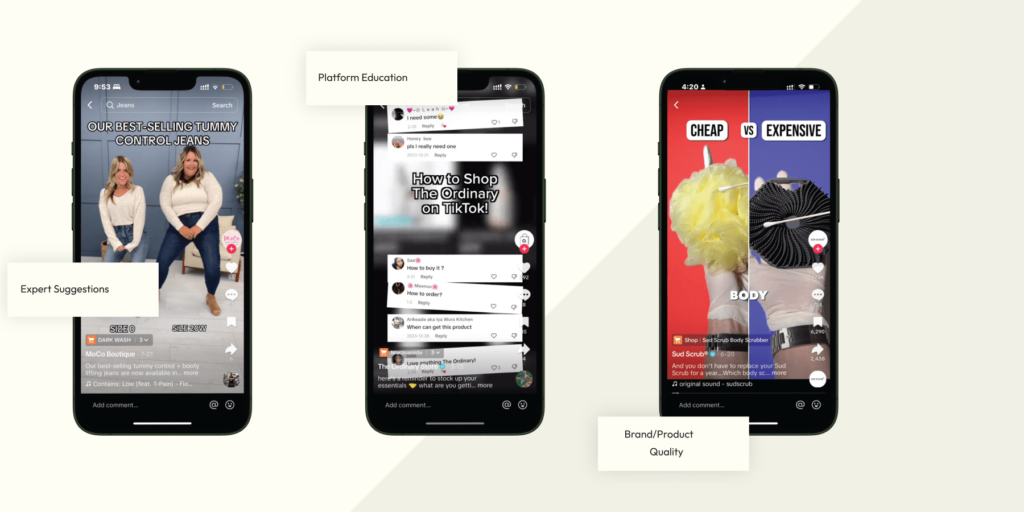
Who used your solution to solve my problem?
Social personalities care intensely about the people around them and tend to put the needs of others ahead of their own. They focus on how other people feel and will go to great lengths to maintain a happy and healthy environment for everyone around them.
Celebrity philanthropists like Princess Diana, Dolly Parton, and Oprah Winfrey are all examples of social personality types because they are famous for helping others, especially those less fortunate than themselves.
Decision-Making: Based on emotion. Slow to purchase.

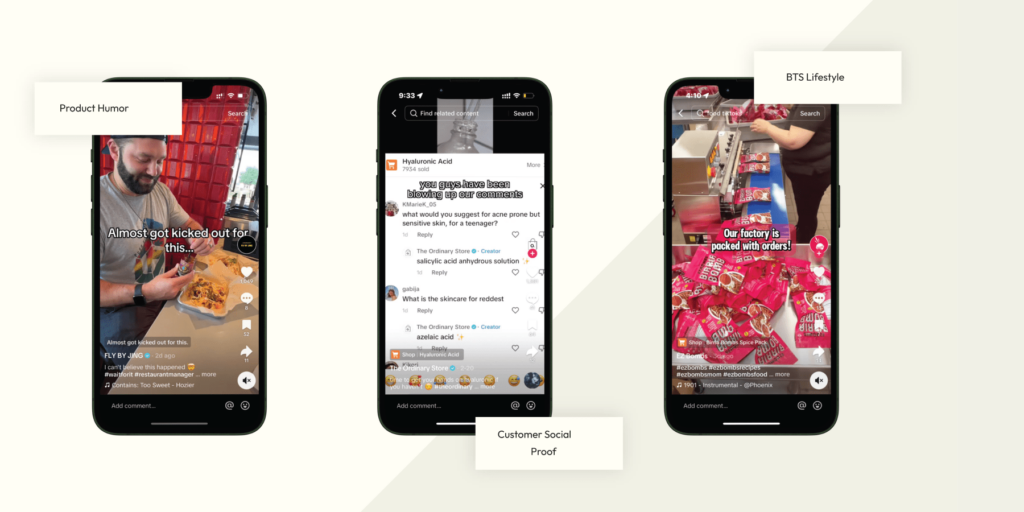
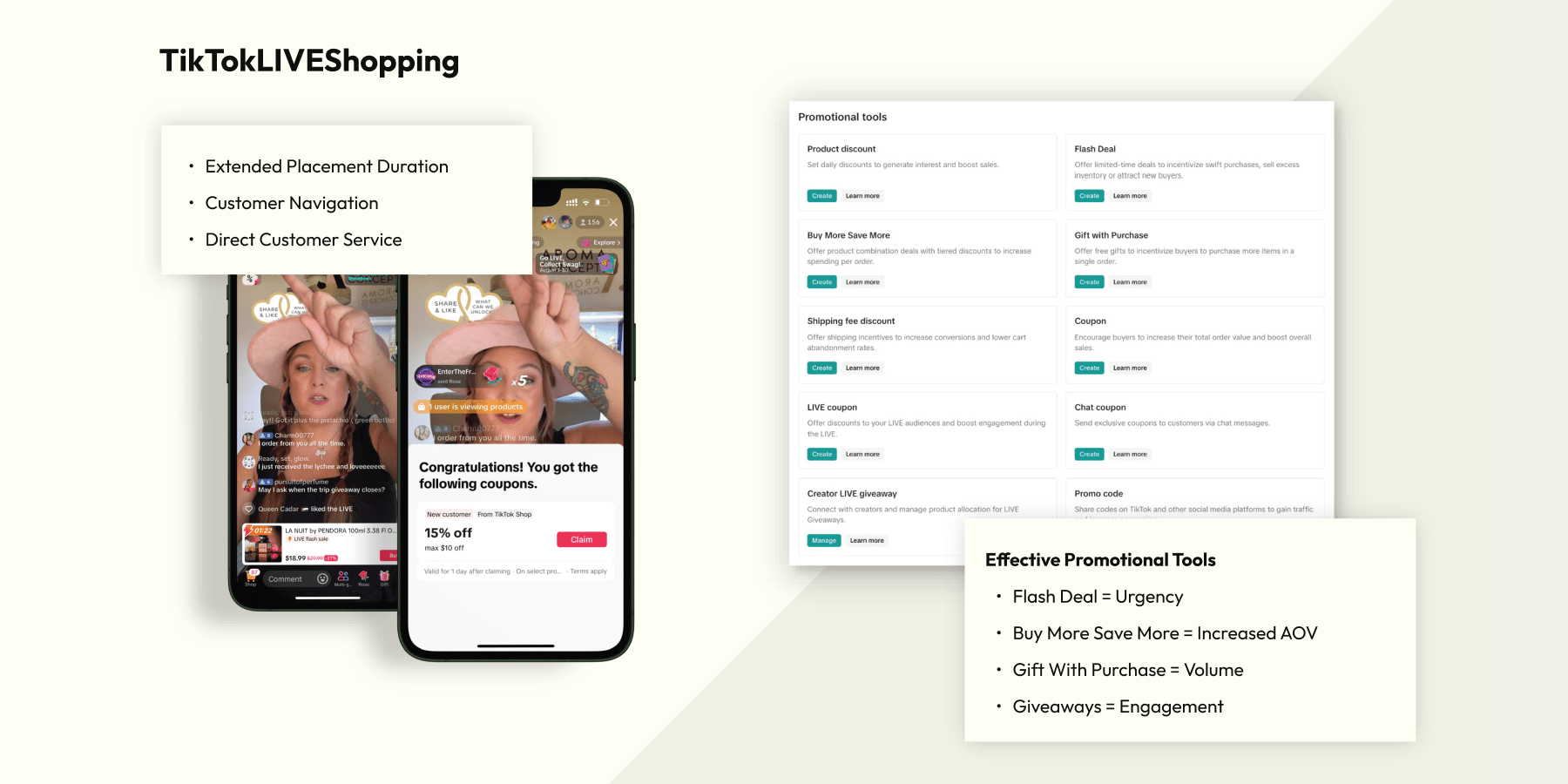
The table below shows how modalities can guide your messaging at each stage of the funnel or buyer’s journey (awareness, consideration, conversion, and loyalty).
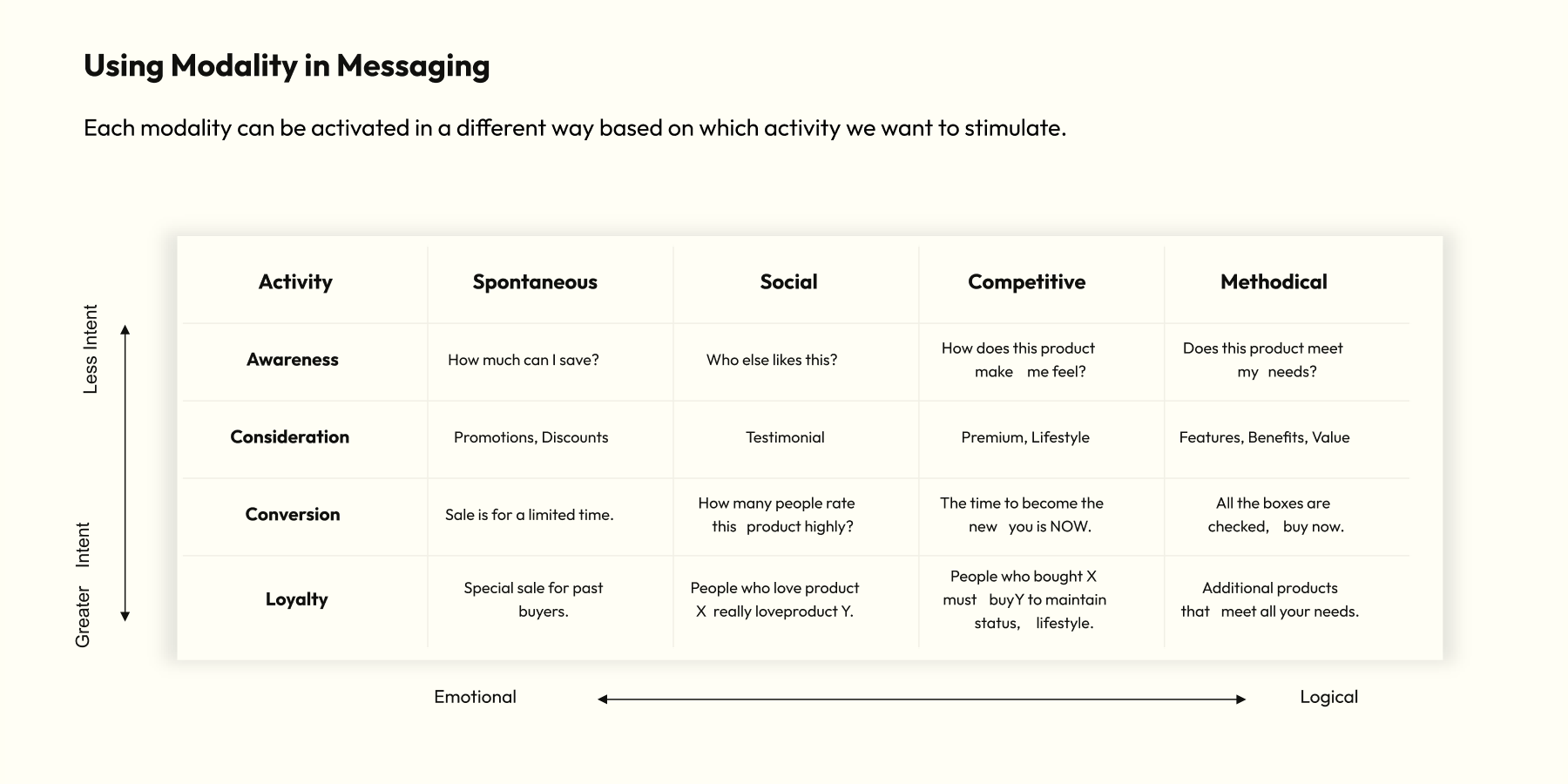
Although each person represents different levels of qualities from each modality, most align with a primary modality. Same goes for your audience. And that’s good, because focusing on one modality at a time eliminates 75% of the time and effort needed to implement your most effective social selling strategies.
The best way to align your prospects and customers with modalities at scale is to leverage marketing segmentation and map your audience segments to their respective modalities.
Audience segmentation is the process of dividing your customers into groups based on common characteristics, so you can market to each group most effectively. Segmentation allows marketers to better tailor our efforts to various audience subsets through messaging and offers that are most likely to resonate with them.
Use historical data about your contact lists—including purchase history, past interactions, and campaign engagement—to group your contacts by common characteristics. Depending on the data available, you can segment them by any of the following factors.
Once you have your segments determined, try to make educated guesses about each segment’s modality, and then test your theories! This is a great opportunity to A/B test different types of messaging and creative. You might be able to verify your inferences or learn something new and important about one of your customer segments.
When you are confident about each segment’s primary modality, you’ll find it infinitely easier to create effective marketing campaigns that drive conversions across every channel.
As an example (and for funsies), here are some popular fictional characters we have mapped to the four modalities:
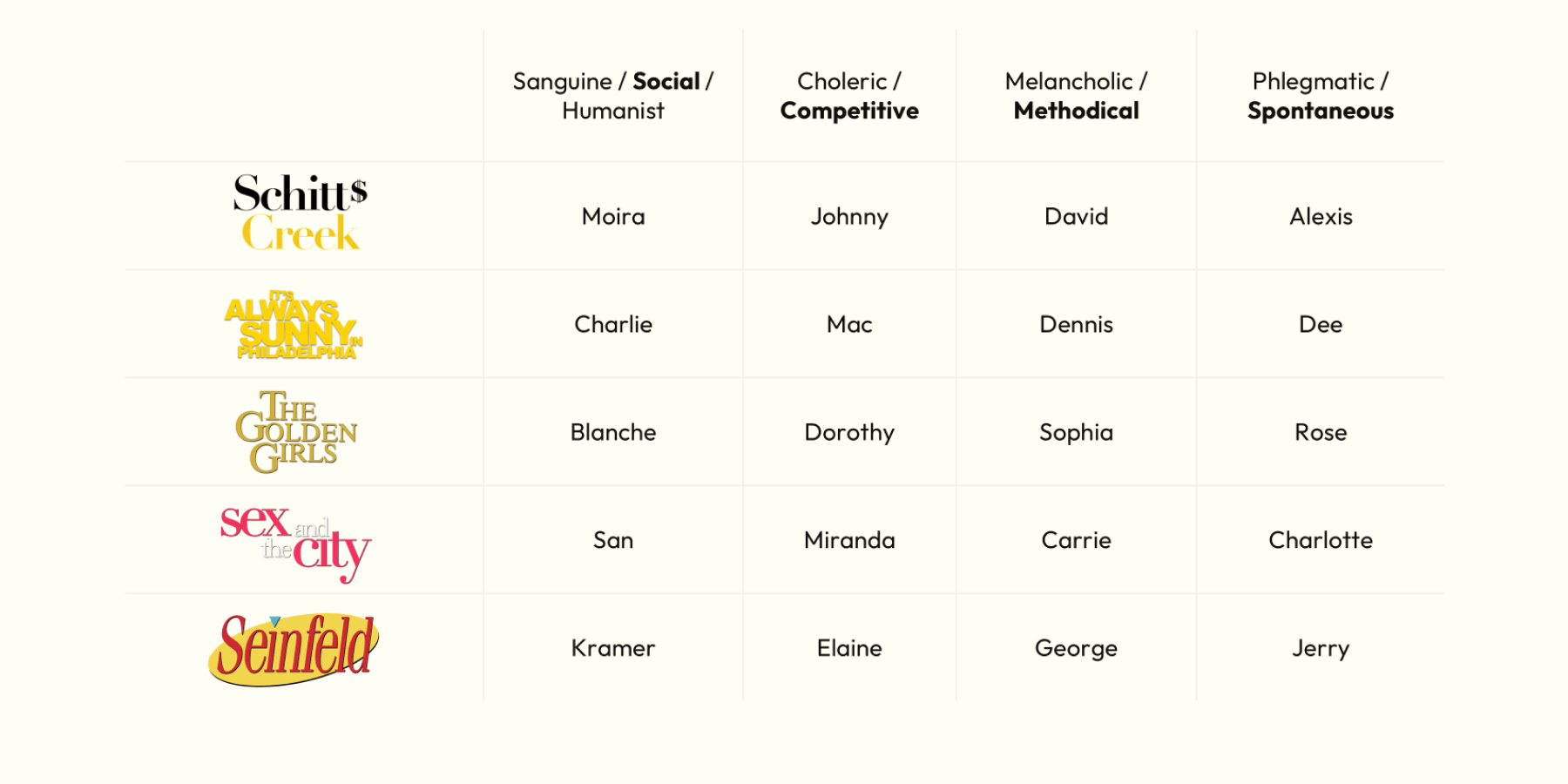
Begin building and testing the creative and messaging assets you expect will appeal most to your audience segments and their primary modalities. Make sure you document your efforts and organize your assets by modality to simplify future campaigns.
Then, once you know which modalities align with each segment, you have an easy pool of resources to leverage and look to for inspiration moving forward.
Hopefully our thorough review has you ready to apply segmentation and modalities to slay your social selling strategy! Keep in mind that A/B testing is encouraged, and it’s always okay to ask for help. Agital partners with TikTok Shop, Meta, and various other leading social media and ecommerce marketing platforms to ensure our clients get the most value out of every campaign, and we would be thrilled to help you.
We also offer a free ecommerce audit and growth plan to level up your marketing performance across all your digital channels—from social media to paid search, and even Shopify—to identify opportunities to optimize your results. We’ll help you harness the power of selling psychology to maximize your growth in no time if you contact us today.
